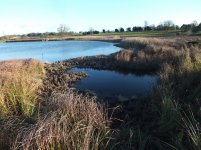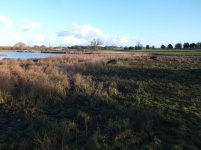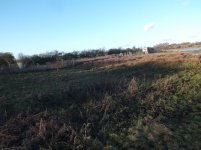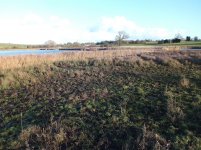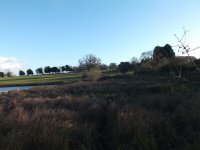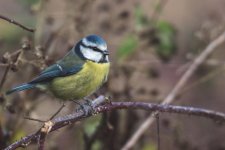upstarts1979
Well-known member
Re - Natural England`s ruling at Flashes
It states "Some salt marsh species have declined so much the are only growing on the margins and must not be smothered"
Would not the churning up of the edges by the cattle have the same detrimental effect?
Dick
Hi Dick
After working on the Flashes for the last 30 years, we know where all the salt plants are and would never smother them with shingle or dredging spoil.
In fact we created many areas of salt marsh, by piling up the silt dredged from the channels. All the islands we built were in the open water away from the salt marsh. All I can say is, its a pity NE didn't act upon the information we gave them regarding the encroaching phragmites, where lots of salt marsh has now been lost.
I don't want to get into a slanging match, but I will hopefully find out more on Tuesday and post the FACTS on here. B




